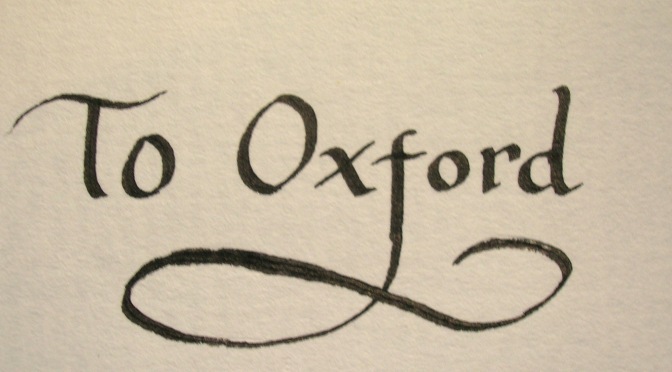Although most historians are secretly (and sometimes not so secretly) convinced that their period of study is definitely the most interesting, we’re certainly not beyond geeking out over intriguing historical vagaries as we encounter them in other periods.
Recently, as I’ve been working as a research assistant on an eighteenth-century project, looking predominantly at medical texts, I’ve been encountering all sorts of new bits of information: not just the myriad of horrible ‘cures’ one could undergo in the 1700s, but peculiar bits of orthography, idiomatic expressions (‘putting a period to one’s existence’), etc.
The other day, I was cataloguing some French texts when I came across this title page:

I didn’t think much of it until I was searching for a publication date and realised it must be somewhere in that bottom line:

The format puzzled me, as the other French books I had catalogued had used a standard Gregorian year in Roman numerals, like this from from 1782:

It wasn’t until I came across this title page with the year in a dual format that the light began to dawn:

Between these two publication dates, I now recalled that not only had there been some substantial political changes in France, but some substantial calendrical reforms as well. A bit of judicious Googling, and I had been (re)introduced to the wonderfully bizarre world of the French Republic Calendar.
In turns out, shortly after the French Revolution began in 1789, a decision was made to devise a calendar stripped of royalist and religious influence and based upon rational metric principles. So, the year was divided into twelve months of 30 days, each divided into three ‘weeks’ (décades) of ten days apiece. An extra five days of holiday (six in a leap year) brought the total days of year in line with the solar calendar. The months were named after the climate and seasons: ‘Thermidor’, which begins 19/20 July, refers to the summer heat. (After some debate, the beginning of Year I was fixed to 22 September 1792, the beginning of the French First Republic.)

Writing in 1812, some years after the Republican calendar had been abandoned, the Englishman John Brady not only accused the French of plagiarising the months’ names from the Dutch, but cites an English wit who ‘disgusted with the “namby pamby” style of the French calendar’, proposed his own sarcastic English translations: Wheezy, Sneezy, Freezy, Slippy, Drippy, Nippy, Showery, Flowery, Bowery, Hoppy, Croppy, and Poppy (Brady, Clavis Calendaria, p. 38).
In an attempt to wean people off the liturgical calendar of saints’ days, an agriculturally-based ‘Rural Calendar’ was also devised with a different plant, animal, mineral, or agricultural tool assigned to every day of the year. December 25th, for example, was the day of the Dog (Chien); August 15th (Assumption of the Virgin) was assigned the Lupin flower.
There were even attempts to shift to ‘decimal time’: 100 seconds to the minute, 100 minutes to the hour, and 10 hours to the day. So noon became 5 o’clock, and 11:57:00 became 4h97m91s. Perhaps unsurprisingly, decimal time never really caught on and soon fell out of use.
One of the inadvertently lingering affects of the Republican calendar is down to the fact that the counter revolution against Robespierre and his associates happened on 27 July 1794 = 9 Thermidor II, giving it the rather wonderful title of the ‘Thermidorian Reaction’. (Tell me there’s not a Doctor Who episode in there somewhere…)
The Republican calendar did not long outlive its Republic. It was soon abolished by the Emperor Napoleon, 10 Nivôse Year XIV was followed by 1 January 1806, and French title pages immediately return to the conventional, if slightly dull, Gregorian format:

(Today, if you were wondering, would have been 8 Messidor CCXXVII.)











